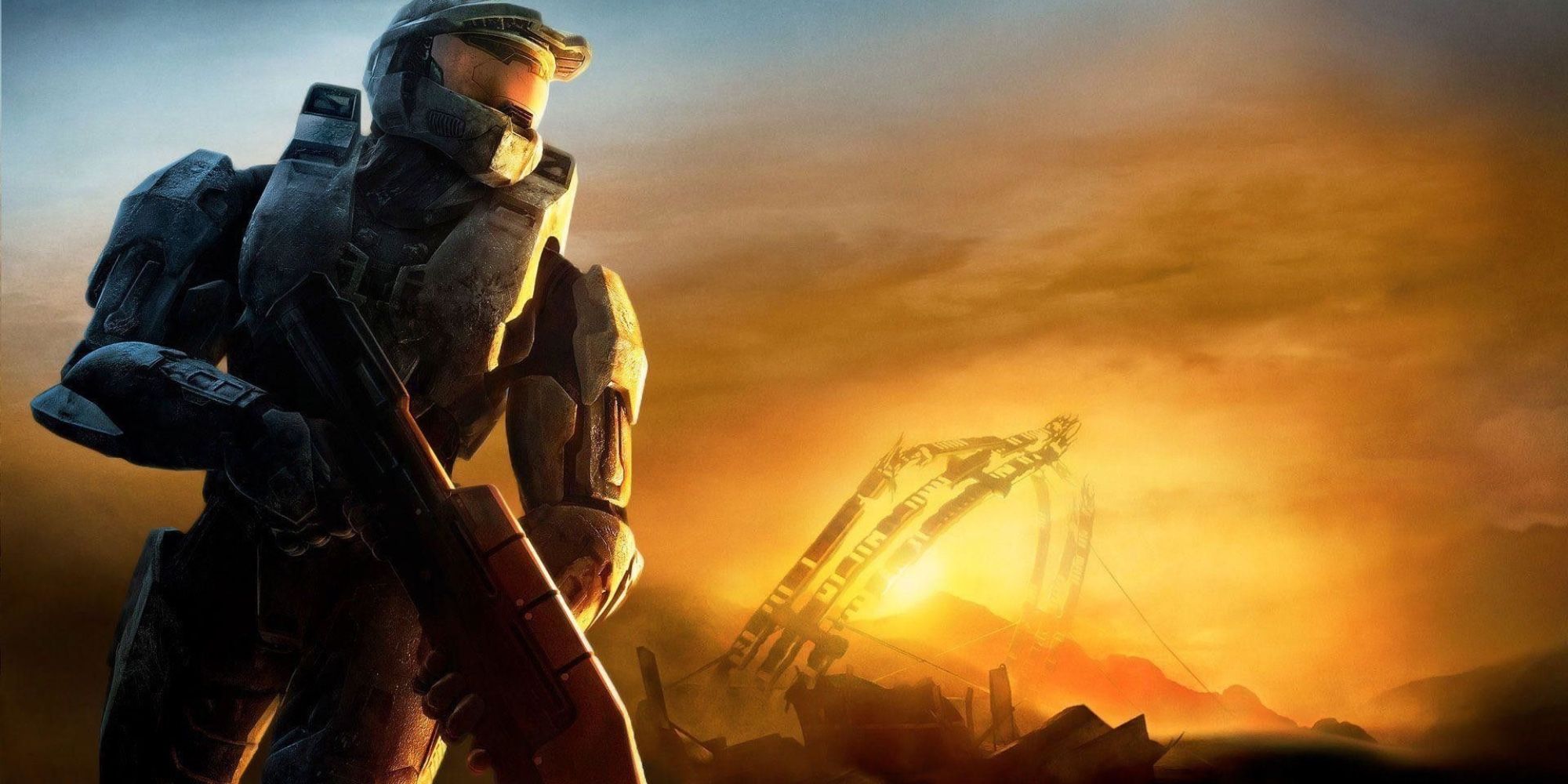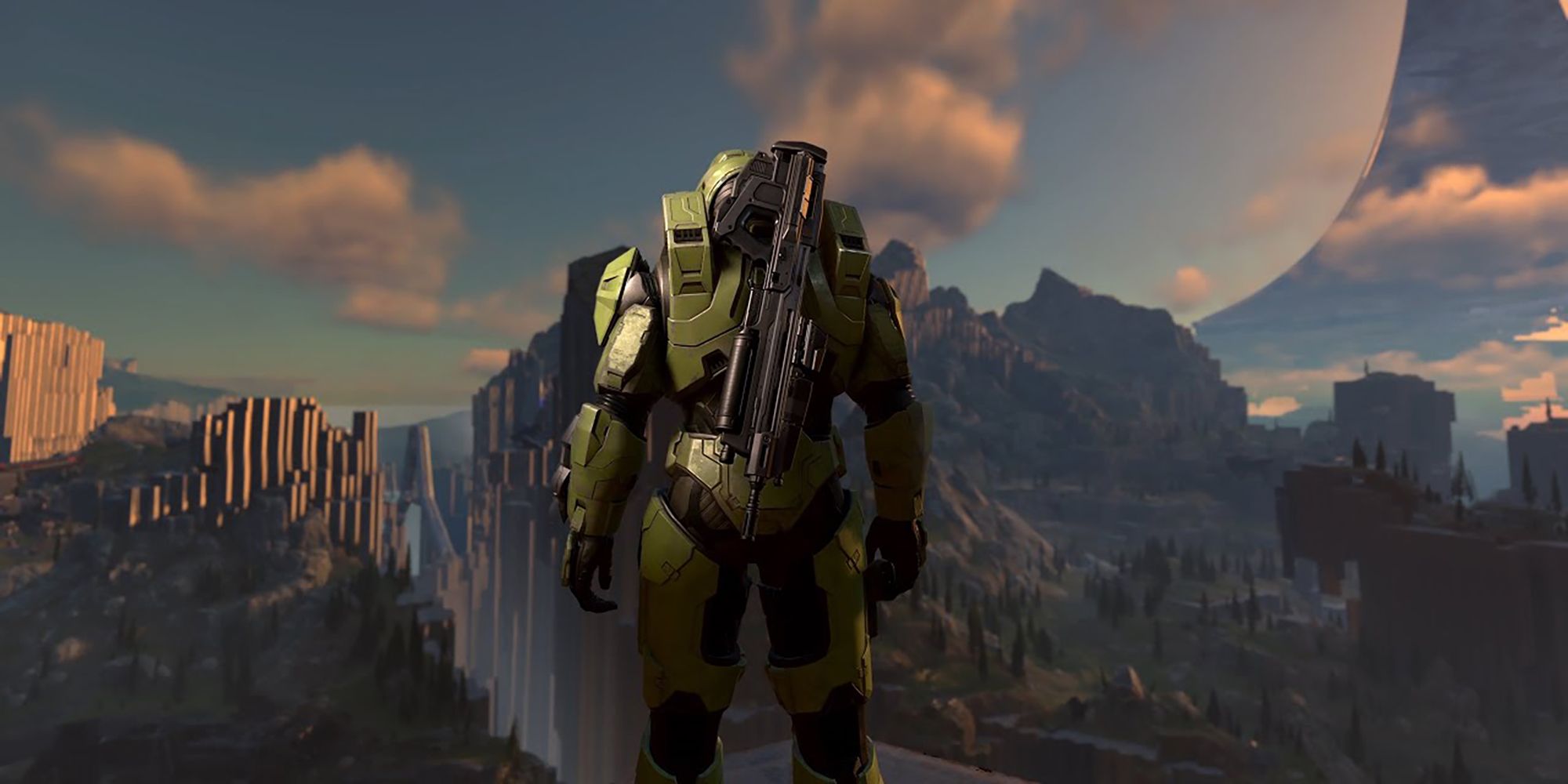Destiny is one hell of a thing. We are often expected to live up to unfair expectations we might not even be aware of. Raised under the diligent watch of powers and people who know that one day we will be expected to achieve the impossible.
So many of our favourite heroes abide by these storytelling tenets, but few manage to elicit as much emotion as She-Ra and the Princesses of Power. Adora’s journey to become not only a powerful being capable of saving the world and her loved ones, but also a living weapon designed to destroy all life in the known universe, is a pretty rough hand to be dealt.
Adora was taken away from her loved ones as a baby and groomed to be the next incarnation of She-Ra. Raised by The Horde, her ancestors knew that one day she would stumble upon the Sword of Protection and set in motion a series of events that can only ever end in tragedy. Being the Princess of Power isn’t a privilege; it places shackles upon the poor soul unfortunate enough to take up its mantle. She might be able to save countless lives with such power, but it’s all in service of mutually assured destruction against a threat that no longer exists. Instead of escaping this archaic cycle, The First Ones instead perpetuate it.
Mara tried to put a stop to it all, tearing Etheria away from the wider universe and making it so a new victim could never be sought out again. She failed, but made enough of an impact that Adora was able to continue her mission to reimagine She-Ra into a figure to be proud of. A vision of the legendary Princess that adopted all of her finest qualities instead of bowing to a legacy that had long doomed itself to ruin. It takes 52 whole episodes for this journey to reach its crescendo, but the intimate lessons learned and the obstacles conquered make the final destination so worth it. It also resembles another legendary franchise with significantly fewer cartoon lesbians saving the universe. Well, at the time of writing anyway.
Halo, as all my fellow gamer girls know, follows the story of Master Chief. John-117 was raised to be a weapon, snatched away from his home as a child, and enrolled in a military program that saw him gain enhanced strength, agility, and myriad other talents that would make him an obedient killing machine for the human race. Countless orphans died in this process, while others were maimed for life. Only the strongest survived, and even they saw themselves doomed to a life of authority and violence that many would consider a fate worse than death. Much like Adora was forced to adopt the moniker of She-Ra, Master Chief also abides by a greater destiny he is often powerless to circumvent. None of it is fair.
Master Chief is the Reclaimer, Adora is She-Ra. Two harbingers of destiny who want to save the universe, but are instead fooled into commencing its downfall. 343 Guilty Spark and Light Hope pull them into a false sense of security. Trying in vain to convince them that activating the sacred rings and embracing the Heart of Etheria are for the greater good of existence, and not a hollow religious sentiment that only serves to hurt those who don’t wish to be held down by beliefs that want to label us as little more than objects with no identity or purpose. Both narratives explore the shackles of religious upbringing, delving into how difficult it can be to escape such a thing and brand yourself as something more – a person with nuanced agency and personality worth caring for.
I can’t speak to the overarching narrative of Halo – which spans countless books, games, comics, films, and television shows at this point that I’m afraid to even try – but She-Ra is often inspired by the experiences of showrunner Nate Stevenson. He has been fairly vocal about being raised in a religious household where certain things were expected of him. His true identity and willingness to be creative and embrace a more vulnerable side of himself was held back from blossoming. ‘The Fire Never Goes Out’ is a memoir that delves deeper into specific events, with several themes that can be seen throughout the show.
Overcoming trauma, sociopolitical indoctrination, abuse, prejudice, isolation, and leaving behind paranoia in pursuit of love, individualism, and respect are not only seen in Adora’s journey, but that of so many characters. She-Ra and Halo share similarities in how they explore these themes, but the most tragic ultimatum is how Master Chief never really seeks to upheave the systems in which he is repeatedly abused by. I came up with this theory as a playful joke, but the more I sit back and look at the similarities, the more I’m taken aback, floored by two very different but very tangential narratives with so much to say on what it means to be your own person in the face of an unfair destiny with no clear way out.
Halo might be a super manly first-person shooter about a super gruff man shooting super tough aliens, but there has always been a layer of vulnerability about its narrative and characters. Master Chief is an inherently sympathetic character – a man raised with the singular purpose of warfare with no choice but to follow orders until meeting his end. The morals of this universe are downright barbaric, but the genre means there has never been much of a reason to question how disgusting it all is.
Nate's take on this character and its universe had a chance to make that change, and relishes in pulling apart the military industrial complex and religious institutions that hold its ensemble cast back from true happiness. Catra and Adora fall in love despite the entire universe working against them, while Horde Prime’s empire crumbles because of the outdated, fascist ideals he seeks to bestow upon a captive populus. He was wrong and in the end, was met with defeat.
She-Ra is Master Chief. Horde Prime is the Covenant. The Horde is the UNSC, and Light Hope and 343 Guilty Spark are misunderstood messengers who believe they are advocating for the right course of action. These similarities are largely coincidental and hinge on a thematic correlation more than anything else, but these are two things that mean so much to me, and finding common ground in their disparate messages is undeniably fascinating.
She-Ra was able to escape the shackles of destiny and become a bastion of power, hope, and bravery while establishing a position of individualism that meant Adora was able to bring the best parts of herself into an identity that was once decided for her. Master Chief is still on that journey, and one day I hope he can find peace and leave behind this life of endless war.
Source: Read Full Article
.jpg)


